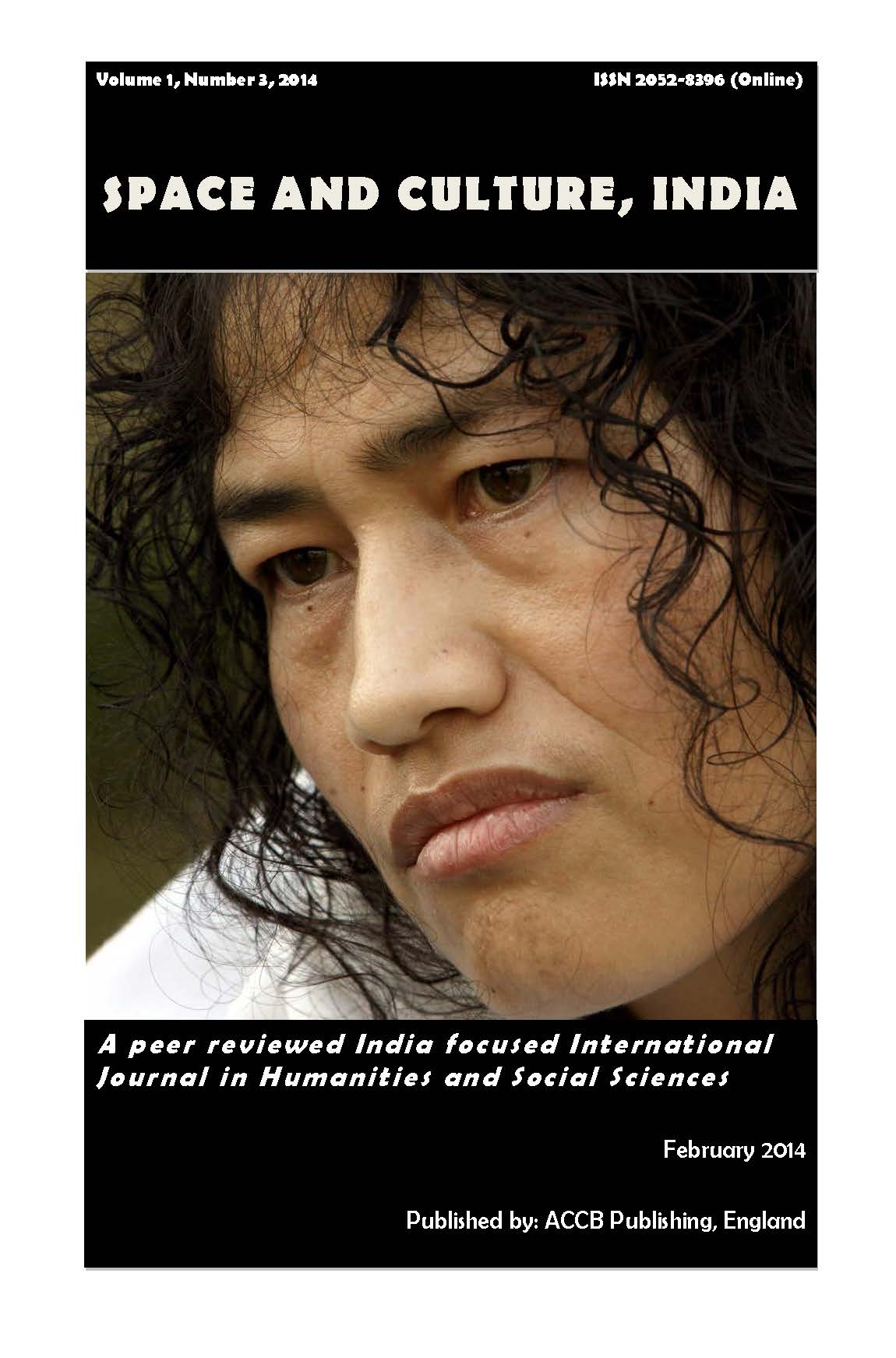The Carpets and Karma: the resilient story of the Tibetan people in two settlements in India and Nepal

Abstract
This paper is about the Tibetan people in two settlements, mainly in Nepal and India. Tibetan ref-ugees started crossing the Himalayan range in April 1959, in the wake of the Dalai Lama’s flight into exile and landed mostly in Nepal and India. Tibetans around the world do not know their fu-ture nor do they appear unduly worried. Most of them appear resilient and hopeful to see a ‘free Tibet’ a dream closer to their hearts, someday in the future. In this paper, we delve at their deep association between their philosophy of life based on the principles of ‘karma’ and their everyday economic avocation of weaving ‘carpets’. We find that these people weave their lives around kar-ma and the carpets. Karma embodies their philosophical and spiritual outlook while carpets, mats and paintings symbolise their day-to-day struggles, enterprises to cope, survive, thrive and flour-ish. The ‘karma carpet’ symbolises their journey into the future. The Tibetans although a refugee group do not have the same rights and privileges comparable to other refugees living in the world decreed under the United Nations Conventions. In this paper, we present the socio-economic situ-ation of these refugees, their enterprise and their work ethic that makes them who they are in the Nepalese and in Indian societies. For this research, we have triangulated both desk studies and personal narratives from focus groups and interviews to present a discussion centred on the Ti-betan struggle for human rights and their entrepreneurship through the carpet industry mainly in Nepal and India.Keywords
Tibetan refugees, Karma, Tibetan resilience
Author Biography
Venkat Rao Pulla
Senior Lecturer, the School Social Sciences
Kanchan Prasad Kharel
Masters in Development Studies
References
Administration, T. O. (2013). Kashag’s Statement on 52nd Tibetan Democracy Day. (T. Jamchhen, Ed.) Tibetan Bulletin, 16 (3), 6
Aryal, D., Subedi, R. P. and Thapa, S. (2010). Diplomatic Dealings, Kathmandu: Variety Press
Bentz, A. S. (2012). Being a Tibetan Refugee in India, Refugee Survey Quarterly, 31 (1), 80-107
Bonnano, G. A. (2004). Loss, Trauma and Human Resilience: How We Underestimated the Human Capacity to Survive after Extremely Aversive Events, American Psychologist, 59(1), 20-28
Bhoothalingam, R. (2007). For a ‘Harmonious Resolution’ of the Tibetan Question, Economic and Political Weekly, 42 (33), 3383-3387
Bureau of His Holiness The Dalai Lama. (2012). The Dalai Lama, An Ocean of Compassion, New Delhi: Hay House Publishers (India) Pvt. Ltd
Bureau of Democracy, Human Rights and Labor, United States Department of State-Diplomacy in Action, available at: http://www.state.gov/j/drl/ (accessed 03 October 2013)
Conway, J. S. (1975). The Tibetan Community in Exile, Pacific Affairs, 48 (1), 74-86
Cooke, S. (2007). Merging Tibetan Culture into the Chinese Economic Fast Lane, China Perspectives [Online], 50 | November- December 2003, online since 19 April 2007, available at: http://chinaperspectives.revues.org/775 (accessed 08 January 2014)
Country Reports on Human Rights Practices for 2012, Embassy of the United States, Kathmandu, Nepal, available at: http://www.state.gov/documents/organization/204619.pdf (accessed 29 May 2013)
Frechette, A. (2007). Democracy and Democratization among Tibetans in Exile, The Journal of Asian Studies, 66 (1), 97-127
Ganguly, M. (2001). Generation Exile, Transition, 87, 4-25, available at: http://muse.jhu.edu.ezproxy.csu.edu.au/journals/transition/v010/10.3ganguly.html(accessed 11 January 2014)
Ghose, L. (2007). "Karma" and the Possibility of Purification: An Ethical and Psychological Analysis of the Doctrine of "Karma" in Buddhism, Journal of Religious Ethics, 35 (3), 259-289
Hamal, Y. B. (2010). Ecology of Nepal’s Foreign Policy, Varanasi: Kabra offset
Kharel, B. P., Siwakoti, G.K. and Sharma, G. Bandi, available at: http://www.thehimalayantimes.com/fullNews.php?headline=Monk's+hushhush+cremation+slammed&NewsID=371254 (accessed 11 January 2014)
Lohani, M. (2010). Nepal-China Relation. In S. K. Bhattarai (ed.) International Relations and Foreign Affairs, Kathmandu: Makalu Publication House, p. 430
Majnu Ka Tilla, available at: http://www.majnukatilla.com/majnu-ka-tilla.html (accessed 11 January 2014)
O'Neill, T. (2005). Ethnic Identity and Instrumentality in Tibeto-Nepalese Carpet Production, Asian Studies Review, 29, 275-286
O'Neill, T. (1999). The Lives of the Tibeto-Nepalese Carpet, Journal of Material Culture, 21-38
Tamang, G. (2013, May 28). Tibetan Cases of Self-Immolation, An Interview with K. P. Kharel, the second author
Pulla, V. (2013a). Coping and Resilience: Peoples Innovative Solutions, International Journal of Innovation, Creativity and Change, 1(1), 1-9, available at: www.ijicc.net (accessed 11 January 2014)
Pulla, V. (2013b). Spiritually Sensitive Social Work: The Road Worth Taking, Wagga Wagga, Charles Stuart University
Shakabpa, N. T. (2011). ‘I Have an Aim and a Target’, Anthology of Tibetan, Mongolian and Uyghur Poetry and Writing, available at: http://100tpcfreetibet.weebly.com/poems.html (accessed 08 January 2014)
Tibetan, 16, Burns Himself to Death. (2012, December 11). Republica, p. 6
Tibetan Tying Self-immolation Dies. (2013, February 15). Republica, p.3
Thinley, P. (2010, December 4). Planning Commission Releases Report on Tibetan Demographic Survey, Phayul, available at: http://www.phayul.com/news/article.aspx?id¼28666&t¼0 (accessed 15 June 2011)
Woodcock, G. (1970). Tibetan Refugees in a Decade of Exile, Pacific Affairs, 43 (3), 410-420
Wong, E., (2013, April 15). China Curbs Flow of Tibetans into Nepal, International Herald Tribune, p. 3